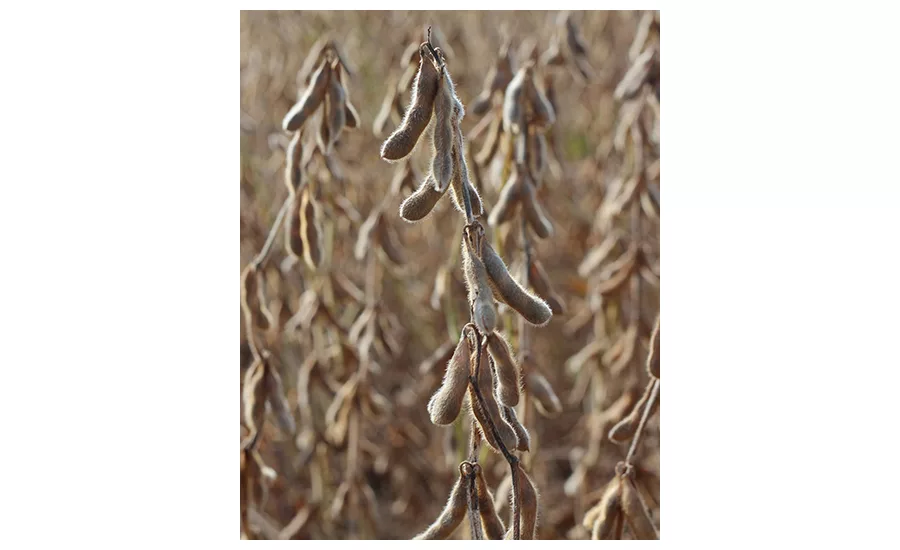Nuts & Bolts
Soybean oil shines amidst disrupted global vegetable oil supply chains

These high oleic soybeans are ready for harvest. The convergence of increasing vegetable oil demand and supply chain disruptions will continue to cause shifts in pricing for different oils, making it important for buyers to know the impact of events and oilseed growing conditions. Photo courtesy of the United Soybean Board
According to Mac Marshall, vice president, market intelligence, for the United Soybean Board (USB) and the U.S. Soybean Export Council (USSEC), the convergence of increasing vegetable oil demand and supply chain disruptions will continue to cause shifts in pricing for different oils, making it important for buyers to know the impact of events and oilseed growing conditions as they relate to supply and demand.
He says, for example, drought in Canada during the 2021 growing season cut that nation's canola output. COVID-19 restrictions on cross-border workforce deployment that are starting to ease in places, like Malaysia, and an Indonesian ban on that nation’s exports continue to affect southeast Asian palm oil production and market availability. And the war in Ukraine is disrupting both sunflower production and the movement of the crop and oil to the global market through normal Black Sea shipping terminals.
Marshall says these global factors really come more into play when you have disruptions on the supply side. “When you consider all the supply chain disruptions for a litany of products, like fertilizer movement out of the Black Sea or the cut in grain exports coming out of Ukraine this year and probably the next couple years, you start to see unfortunate erosion in trust in global supply chains. But people around the world need food; while these chains will see disruptions, we can have faith this necessity will support the general availability of what everyone needs,” he says.
Price volatility will continue in the vegetable oil complex, Marshall notes. Costs will likely continue to fluctuate based on supply, demand, world events, crop growing conditions and periodic breaks in supply chains.
“Given these market realities, what is most critical is focusing on what you can control and what you do best and recognize the market signals will always shift,” he says.
Looking for a reprint of this article?
From high-res PDFs to custom plaques, order your copy today!






